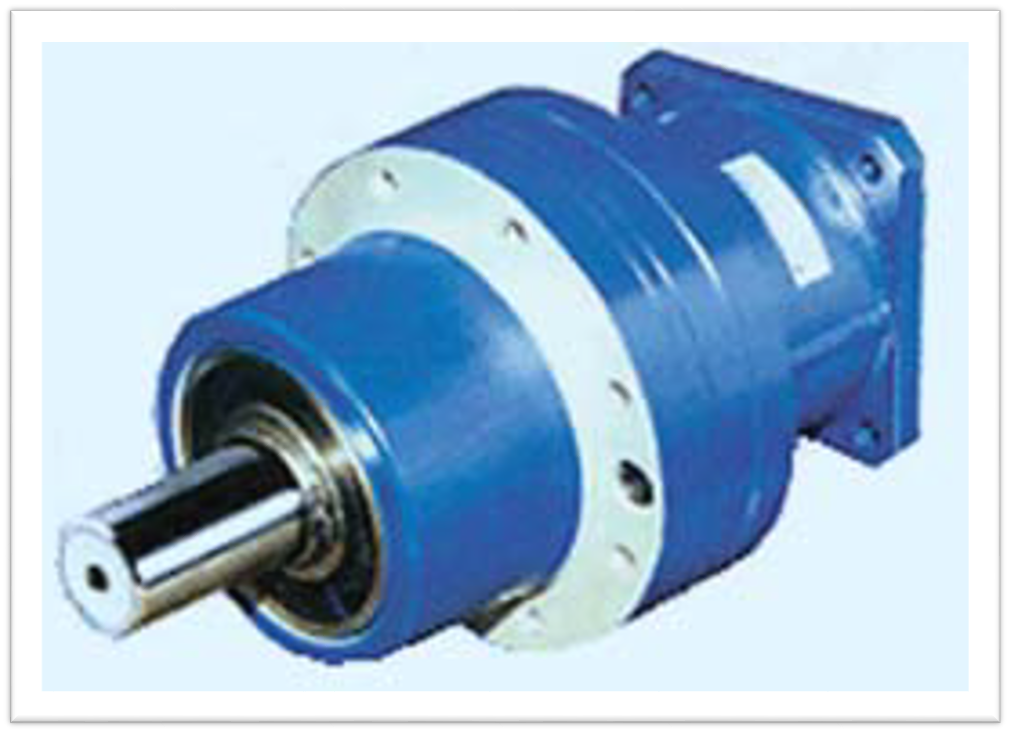In this topic, you study Servo motor – Theory, Diagram, Types & Special Features.
Servo motors are used as drive in servo mechanisms. A servo mechanism in simple words, is an automatic control system (or a feedback system) which in response to an input signal carries out various functions such as moving a shaft to a certain position, moving a load in a particular direction at a particular speed, etc. The pictorial view of the servo motor is shown in Figure 1.

Figure 1: Servo motor
Special Features of Servo motor
Servo motors are specially designed and built primarily for use in feedback control systems. In general, have the following special features:
- Low inertia: For this, servo motors normally have light-in-weight construction with large length-to-diameter ratio for rotors. Servo motors, therefore, are distinguished by relatively small-diameter rotors for their frame size.
- High speed of response: This results from high torque-to-weight ratio of a servo motor. Hence, these motors can be started, stopped, and reversed very quickly.
- Linear torque-speed characteristic i.e. torque for any control voltage decreases at a definite uniform rate with speed.
- The output torque of the servo motor at any speed is roughly proportional to the applied control voltage. This is true more particularly in respect of starting torque (also called stall torque or locked-rotor torque).
- The servo motor operates stably i.e. it does not oscillate or overshoot.
Types of Servo motors
Servo motors are classified as
- AC servo motors,
- DC servo motors.